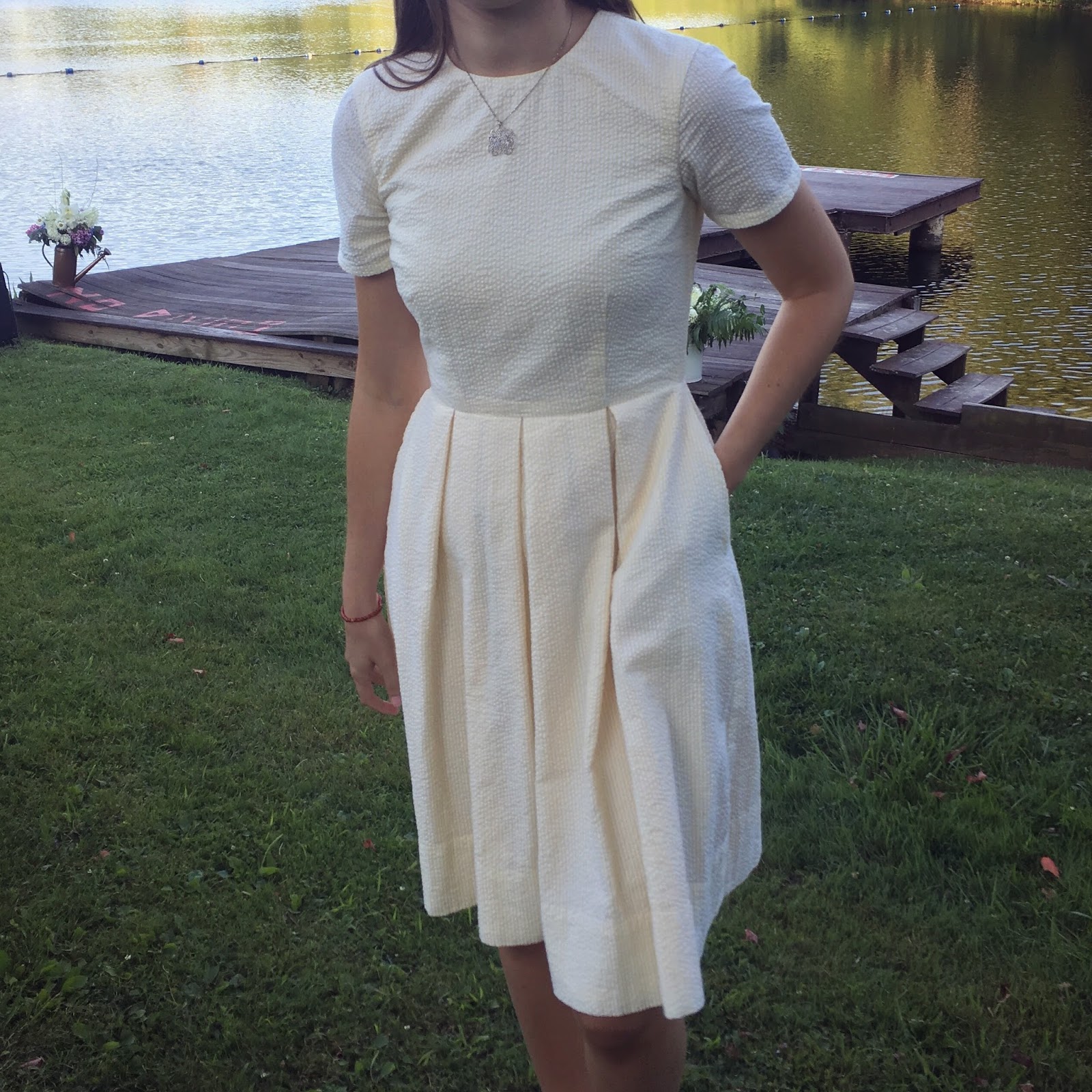I'm not crazy about home-dec, but I do appreciate a good collection of throw pillows for my bed or couch. There's nothing better than a fluffy pillow to rest your head on while binge-watching your favorite show. It's a big plus if that pillow is covered in something washable, for when you inevitably spill your binge-watching snacks. Don't lie, you do it too. I started building a "wardrobe" as it were of white-ish throw pillows maybe two years ago. Some are store-bought, but the best ones are self-sewn. The most recent addition is this faux-chenille cover for an oblong pillow. (The faux-sherpa and pom-pom trimmed pillows are also handmade. Thanks Mom!)
Fake chenille is a super-easy way to upgrade plain cotton flannel. My pillow form measured 14" by 28", so I cut four rectangles 15" by 29" for a half-inch seam allowance. I spray-basted the layers together and marked my stitching lines with my handy chalk wheel. The stitching lines are at a 45 degree angle from the sides, a half inch apart. I tried to use the stitching guide on the walking foot to free-hand lines after stitching the first chalked line, but that didn't go so well. I chalked a few lines at a time to ensure that the chalk didn't wear off with handling. Between the spray basting and the walking foot, the stitching went quickly and smoothly in just an hour or two.
The next step is the scariest. Cutting the "chenille". Luckily, there's a handy tool made especially for this job that just happened to be hanging out in the stash. This Clover rotary cutter (I used an older version) has a guard on the bottom so that you only cut through the top layers of your flannel. I used scissors for some of the shorter strips at the corners, but you could use scissors for the entire thing. Just make sure you are only cutting the top 3 layers, leaving the base layer intact to hold it all together.
From there, I constructed the pillow backing with the same flannel, inserting a zipper about 6 inches in from one end. I honestly just eyeballed this so I don't have all the measurements. I sandwiched the front and back RST (with the zipper open), stitched around the edges, and flipped. I ended up taking about 1 1/4" off the length of the pillow cover to take care of some limp corners. So finished dimensions are about 14" by 26 3/4"
The real magic happens when you put this through the washer and dryer. I ran it in a load with towels and the bias-cut edges of the flannel fluffed up for a super touchable effect. Don't wash it alone, as you want the friction to wear at the cut edges. It will only get better as it's used and washed.
This pillow is all ready for the Season 7 finale of Game of Thrones tonight!
A couple notes if you decide to try this for yourself. Use a decent quality flannel. No need to get the heavy-duty apparel flannel, but they sell some very thin and flimsy flannel which will just fall apart in the wash. Use a short stitch length for the chenille strips, again so it doesn't fray into nothing at all. Don't use printed flannel as the ink will prevent it from fraying evenly.


























